#lincolnmarkv
Rare Rides Icons: The Lincoln Mark Series Cars, Feeling Continental (Part XXVIII)
For our 28th entry in the Lincoln Mark series retrospective, we arrive at a momentous and sad occasion: the end of the traditional full-size Mark V. In 1979, fuel economy concerns of consumers and government meddling in the form of emissions standards were layered onto a car market that contained ever-increasing numbers of economical, reliable Japanese imports. Other Detroit automakers threw up the white flag by 1977 and introduced smaller full-sized cars, but Ford held on to the bitter end. And for its three-year run, the Mark V sold very well, both as Lincoln’s most prestigious car and a full-size holdout at a time when many Americans really didn’t want to buy a smaller car.
Rare Rides Icons: The Lincoln Mark Series Cars, Feeling Continental (Part XXVII)
Making our way through the trim-laden legacy of the Lincoln Continental Mark V has consumed all of our attention over the past few weeks. After spending some time on the mid-tier Luxury Group packages of 1977 to 1979, we pored over the Designer Series editions of 1977 and 1978. The latter of those two years was Ford’s 75th anniversary and saw the launch of the super expensive Diamond Jubilee package to celebrate. For the Mark V’s outgoing year in 1979, the Designer Series cars returned, and Lincoln reworked the Diamond Jubilee package into the Collector’s Series. It’s time to have one final Mark V trim talk.
Rare Rides Icons: The Lincoln Mark Series Cars, Feeling Continental (Part XXVI)
We return with more Continental Mark V Designer Series goodness today, in our second of three consecutive installments on said topic. Last time we took a look at the resplendent luxury of the 1977 Designer Series trims in their respective Bill Blass, Cartier, Givenchy, and Pucci colorways. An immediate hit with consumers who were in desperate need of luxury gingerbread, the Designer Series trims were reworked in 1978 in the name of visual differentiation. There was also a very special and expensive Mark V commemorative edition in honor of Ford’s 75th anniversary.
Rare Rides Icons: The Lincoln Mark Series Cars, Feeling Continental (Part XXV)
As we move on to the 25th entry in our Lincoln Mark saga, it’s the second week in a row where we’ll focus entirely on Mark V trim packages. Last week we discussed the various iterations of the Luxury Group - a variety of color themes for the Mark V’s interior. Luxury Group options served as a starting place for the customer to custom-order their Mark V. However, the truly well-heeled PLC customer knew such freedom of choice was inherently sub-par: A Designer Series Mark V cost much more than a Luxury Group car, and its appearance was specified for you.
Rare Rides Icons: The Lincoln Mark Series Cars, Feeling Continental (Part XXIV)
We continue with more Continental Mark V coverage today, and hone our focus on the model’s various trims. After their successful (big profit center) introduction in 1976 on the Mark IV, the quite expensive Designer Series trims were a shoo-in for a return on Mark V. Lincoln took full advantage of the popularity of “special” trim and gingerbread during the late Seventies, and went a little wild with the options. New colors, limited editions, and Designer Series layouts that changed by the year! It’s time for some in-depth trim action, and Luxury Group is up first.
Rare Rides Icons: The Lincoln Mark Series Cars, Feeling Continental (Part XXIII)
We return to our Lincoln Mark Series coverage today, near the Mark V’s large B-pillar. While our last installment started on the exterior changes Lincoln designers made for the switch from Mark IV to Mark V for 1977, there’s so much car to cover (over 230 inches) that we had to take an intermission. It’s time for vinyl and big rear ends, and we’ll talk about the Mark too.
Rare Rides Icons: The Lincoln Mark Series Cars, Feeling Continental (Part XXII)
In the last installment of our Lincoln Mark coverage, we learned about some new objectives Lincoln brass pursued for the transition from Mark IV to Mark V. There were two primary goals in mind: Cut development costs, and simultaneously allow the Mark more independence from Thunderbird. As a result, the Mark V of 1977 used the same platform as the old Mark IV, and Thunderbird was downsized to become a Mercury Cougar sibling. Further, in an attempt to move with the times and recognize that fuel economy mattered a little bit at the end of the Seventies, Lincoln engineers reworked the Mark IV platform for Mark V duty.
Rare Rides Icons: The Lincoln Mark Series Cars, Feeling Continental (Part XXI)
When the Continental Mark IV was introduced for the 1972 model year, it wore close visual ties to the smash hit that was its predecessor, the Mark III. After federal safety legislation altered the front of the Mark IV’s appearance in 1973 and its rear in 1974, the visual connection between the two cars thinned considerably. The Mark IV (like other large PLCs of the time) struggled with regard to sales but received a boost in 1976 with the arrival of the Designer Series editions. The expensive high-profit trims saw the 1976 Mark IV go out on a high-ish sales note of 56,110 examples, around 8,000 more than its debut year in 1972. In 1977 Lincoln aimed once more for PLC success with the new, even larger Continental Mark V.
Rare Rides Icons: The Lincoln Mark Series Cars, Feeling Continental (Part XII)
Lincoln was in a bad way at the turn of the Sixties, both financially and in terms of its product. The company lost hundreds of millions (adjusted) in the early and middle portion of the decade, when it invested in and then promptly canceled the Continental Division. Attempting a rebound, Lincoln dumped lots more cash into a new unibody platform that was exclusive to Lincoln models.
The new lineup was on sale from 1958 to 1960 and was unfortunately introduced at the start of a sharp economic recession. However, even after the recession ended Lincoln’s gaudy and overworked styling caused customers to steer clear of Lincoln and purchase Cadillacs instead. Lincoln lost $60 million ($550 million adj.) more.
1961 heralded the arrival of an all-Continental lineup, the Elwood Engel design that was instantly popular and saved the company. However, the new and streamlined (in all ways) Lincoln lineup spared no room for a Continental Mark series. The Mark slumbered until 1968.
Rare Rides Icons: The Lincoln Mark Series Cars, Feeling Continental (Part XI)
We resume our Mark series coverage in the 1960 model year, which happened to be a last-of for several reasons. It was the last of the unibody Lincoln lineup that debuted in 1958, the Continental Mark line of models, and for Lincoln’s model naming scheme as a whole. We covered the visual edits in our last entry; a return to some of the garishness of 1958 that Elwood Engel tried to tone down in 1959. With the additional gingerbread hanging off of every possible surface of the Mark V Continentals for 1960, the lineup grew larger in every direction and heavier than ever before.





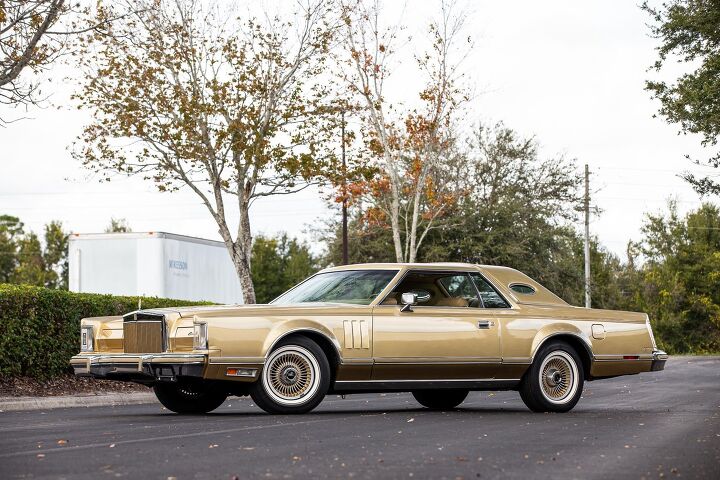


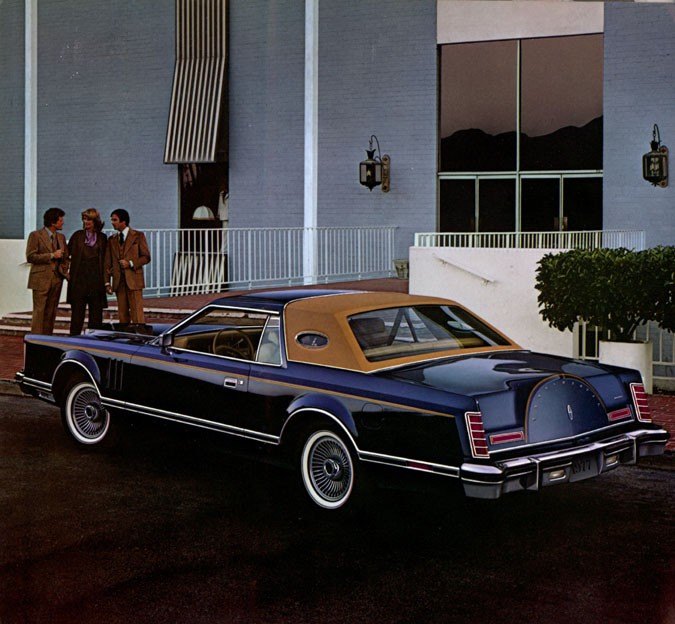
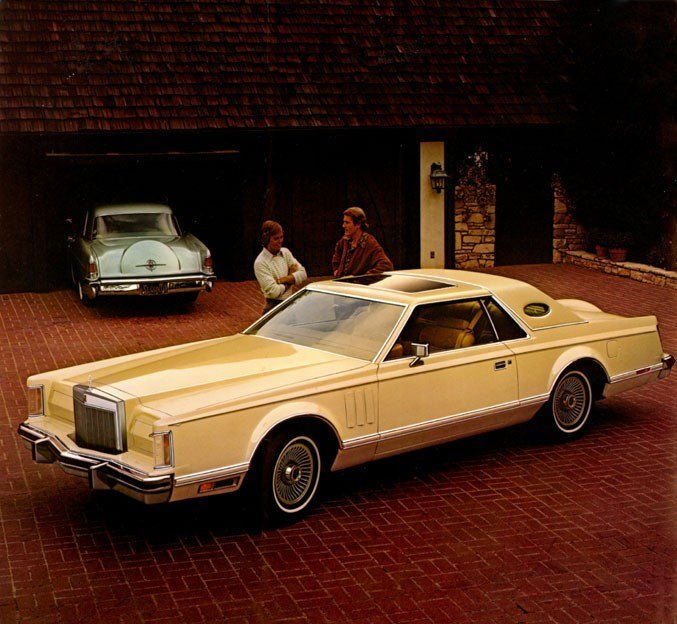
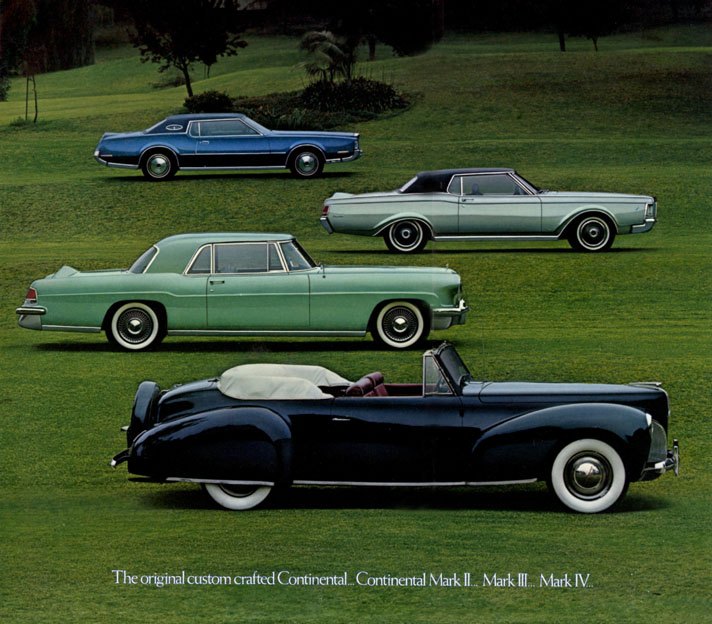

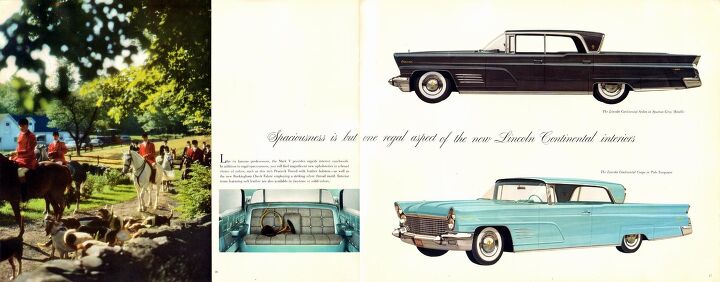












Recent Comments